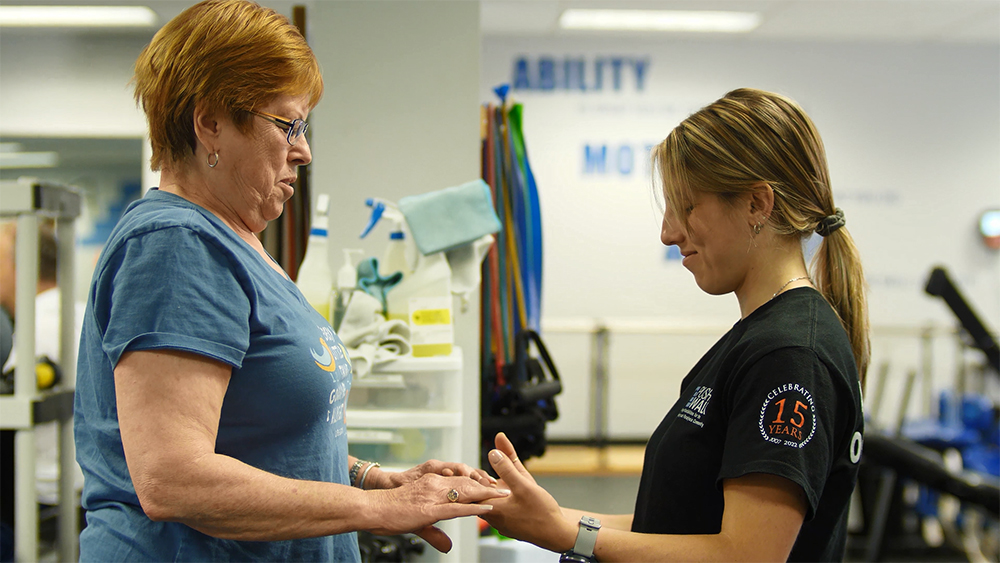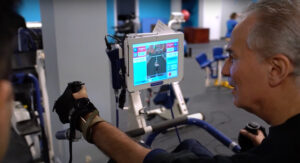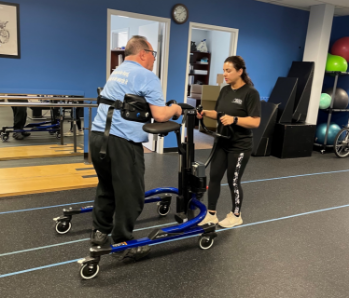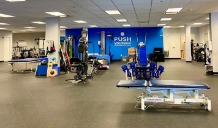Understanding AVM
Over 2% of Push to Walk’s clients have Arteriovenous Malformation (AVM). No one knows why AVMs form. Some experts believe that the risk of developing AVMs could be genetic.
AVMs can form anywhere in the body. An AVM is a tangle of blood vessels that irregularly connect arteries and veins, disrupting blood flow and oxygen circulation. Those that form in the brain or close to the spinal cord are called neurological AVMs, and are most likely to have long-term effects.
When an AVM disrupts this critical process, the surrounding tissues might not get enough oxygen. Also, because the tangled blood vessels in an AVM do not form properly, they can weaken and rupture. If an AVM in the brain ruptures, it can cause bleeding in the brain, stroke, or brain damage. Bleeding in the brain is also called hemorrhage.
The cause of AVMs is not clear. They’re rarely hereditary, meaning passed down in families. Once diagnosed, a brain AVM often can be treated successfully to prevent or reduce the risk of complications.
AVM Treatment and Physical Therapy
AVMs are also benign, which means they are not cancer. Treatment of an AVM is focused on managing the symptoms and improving the life of the patient. There are no drugs yet that have been proven to cure an AVM.
Regardless of symptoms, at the most basic level, Push to Walk’s trainers is looking for ways to target and excite the nervous system. Positional movements, load-bearing activities, active-assistive exercises, developmental movement patterns, and so forth are all aimed towards eliciting a response from the damaged nervous system and re-educating the body to work the way it was designed.
Some specialized equipment that Push to Walk offers clients with Traumatic Brain Injuries are the tilt table, Total Gym, standing frames, Rifton, squat rack and much more! With the help of these pieces of equipment and our trainers, clients can improve their weight-bearing training, flexibility and mobility, core strength and stability, and gait training.

If you are looking for more information about Push To Walk, please call us at 201-644-7567 or please contact us now.




